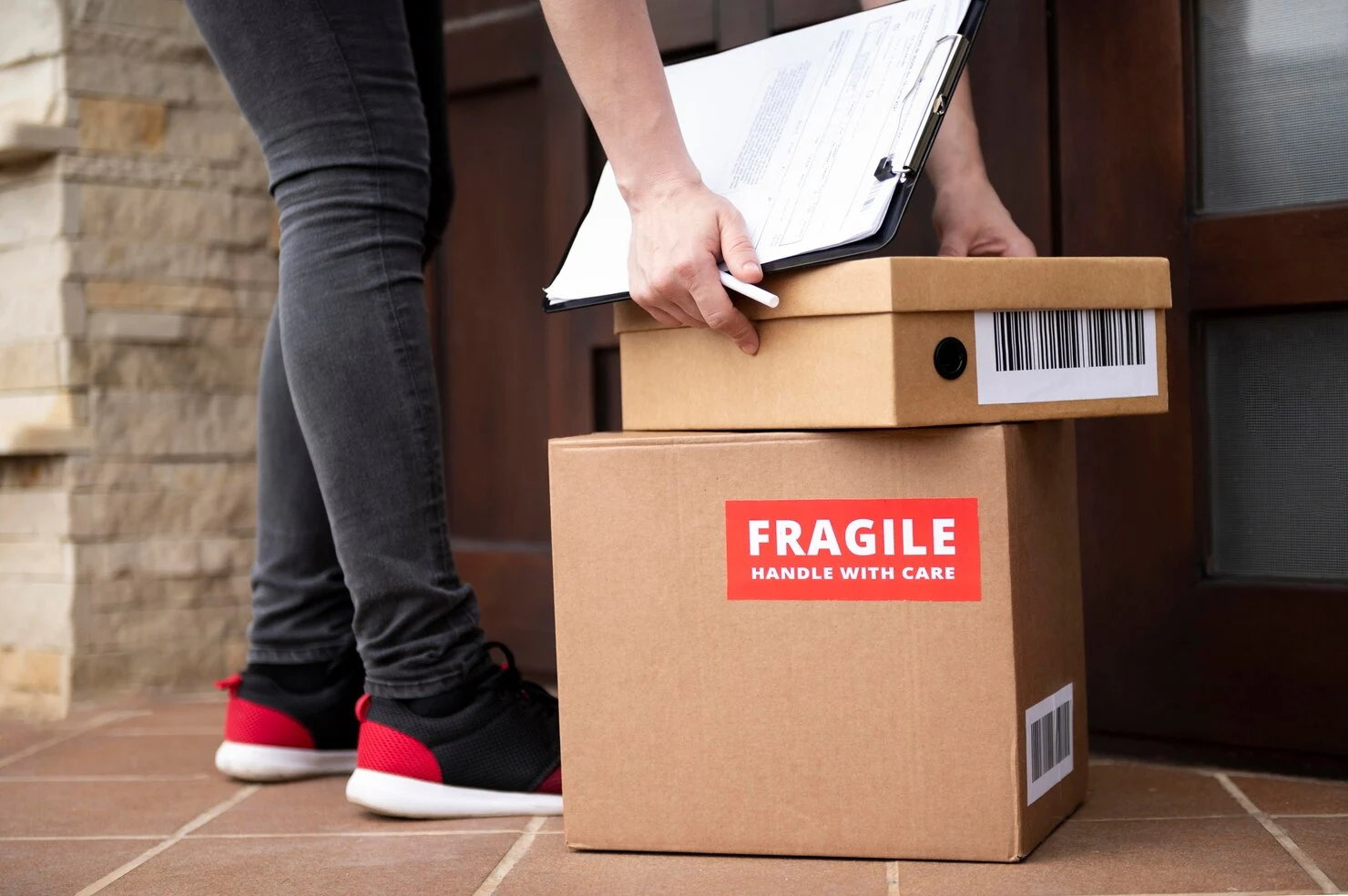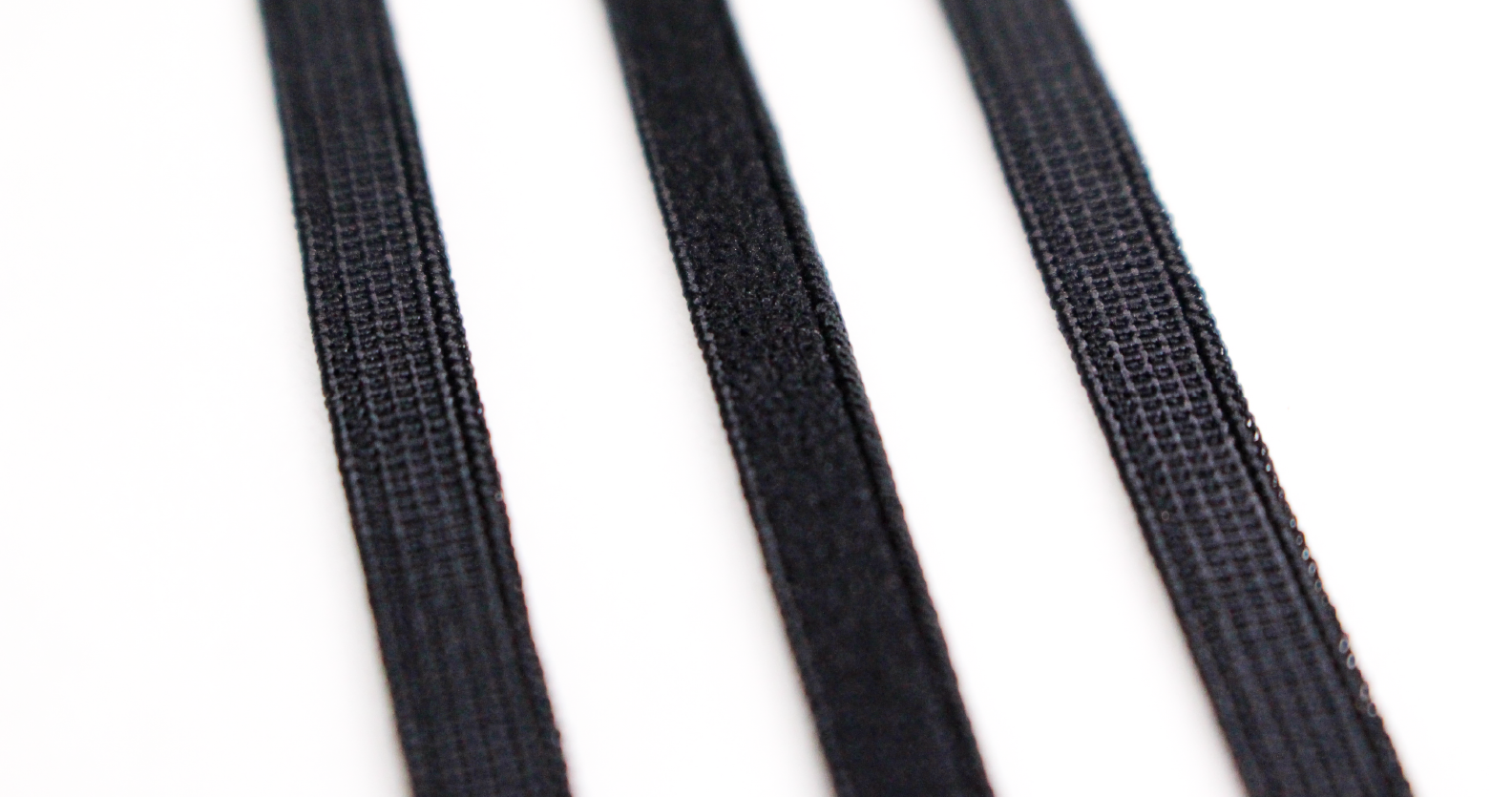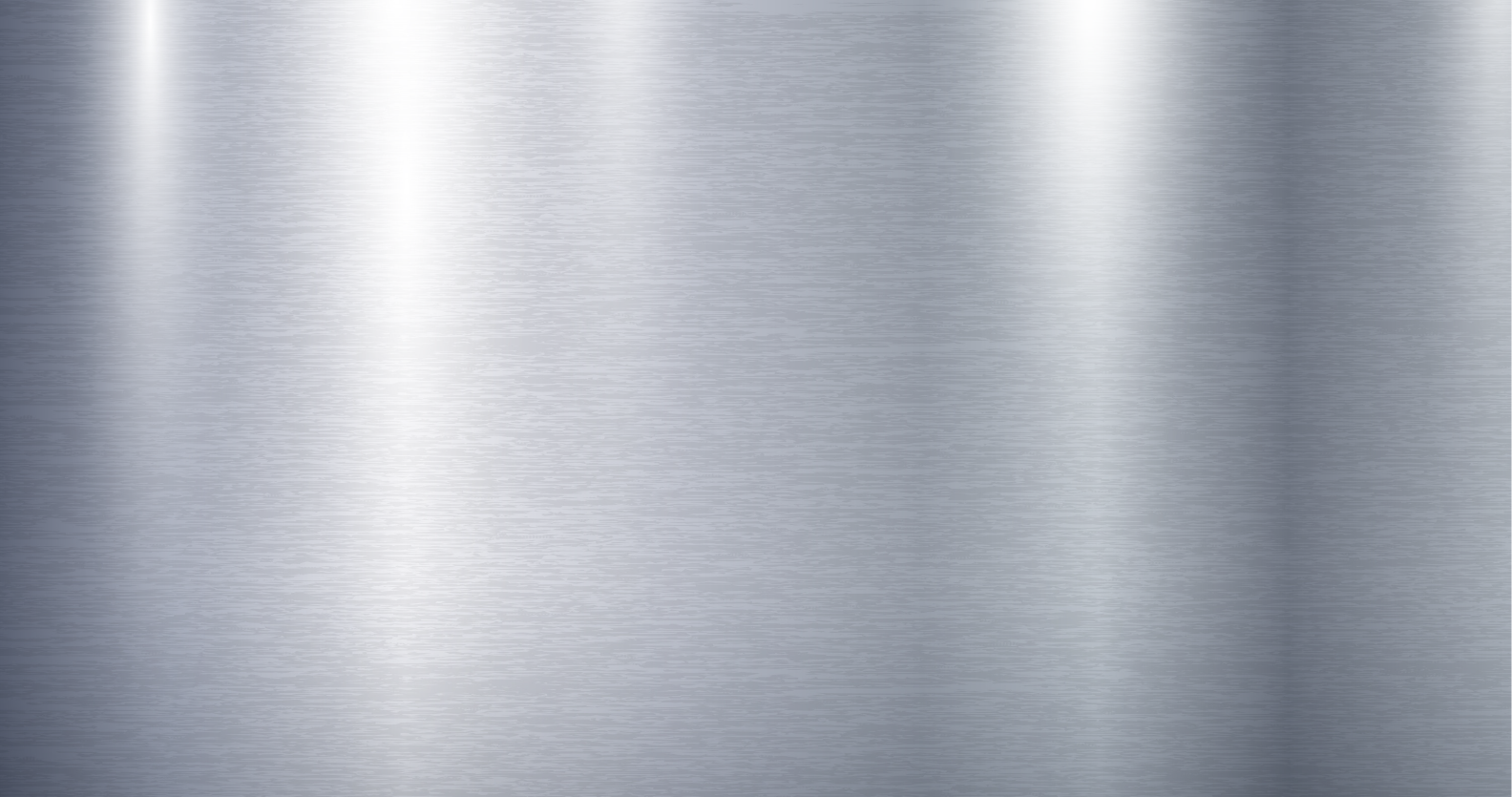What's Smart Packaging?
Article by : Lussopack

Smart packaging refers to packaging materials and designs that incorporate advanced technologies or features to enhance the functionality, safety, and communication capabilities of the packaging. These technologies are typically integrated into the packaging to provide additional benefits beyond the basic function of containing and protecting the product.
Below are some common features and technologies found in smart packaging:
1. QR Codes and Barcodes : These are common forms of smart packaging. They can be scanned with a smartphone to provide consumers with additional information about the product, such as origin, ingredients, usage instructions, and more.
2. NFC (Near Field Communication) : This is a wireless communication technology that allows data exchange between devices when they're within a few centimeters of each other. NFC-enabled packaging can be used to provide interactive experiences, authenticate products, or even make payments.
3. RFID (Radio-Frequency Identification) : RFID tags are used to store and remotely retrieve data. In packaging, they can be used for inventory management, supply chain tracking, and to prevent counterfeiting.
4. Temperature Sensors : These sensors monitor and report the temperature of perishable goods during transit. This is particularly important for products like pharmaceuticals, food, and beverages.
5. Time-Temperature Indicators : These indicators change color or provide other visual cues to indicate whether a product has been exposed to undesirable conditions (like high temperatures) for an extended period.
6. Active Packaging : This type of packaging incorporates components that actively interact with the contents to extend shelf life, control moisture levels, or inhibit microbial growth.
7. Augmented Reality (AR) : Some packaging can be designed to interact with AR apps on smartphones or tablets. This can provide immersive experiences, such as showing how a product works or offering additional information.
8. Interactive Packaging : This can include packaging with buttons, touchscreens, or other interactive elements that allow consumers to engage with the packaging itself.
9. Smart Labels : These are adhesive labels that incorporate electronic components like sensors, displays, or batteries to provide information or monitor conditions.
10. Security Features : Smart packaging can incorporate anti-counterfeiting measures like holograms, tamper-evident seals, or special inks that change color under specific conditions.
11. Environmental Sensors : These sensors can monitor factors like humidity, light exposure, or gas levels to ensure that products are stored in optimal conditions.
The benefits of smart packaging include improved consumer engagement, enhanced safety and security, better supply chain management, and reduced waste. It can also provide valuable data for companies to track and optimize their products throughout their lifecycle.
It's worth noting that the specific features and technologies used in smart packaging can vary widely depending on the industry and the intended application. For example, pharmaceuticals might use smart packaging for track-and-trace purposes, while food products might use it to provide cooking instructions and nutritional information.
Interesting Blogs

Best Practices for Securely Packaging Fragile Items for Shipping

Polyurethane (PU)

Elastic

Aluminum
What's Smart Packaging?
Article by : Lussopack

Smart packaging refers to packaging materials and designs that incorporate advanced technologies or features to enhance the functionality, safety, and communication capabilities of the packaging. These technologies are typically integrated into the packaging to provide additional benefits beyond the basic function of containing and protecting the product.
Below are some common features and technologies found in smart packaging:
1. QR Codes and Barcodes : These are common forms of smart packaging. They can be scanned with a smartphone to provide consumers with additional information about the product, such as origin, ingredients, usage instructions, and more.
2. NFC (Near Field Communication) : This is a wireless communication technology that allows data exchange between devices when they're within a few centimeters of each other. NFC-enabled packaging can be used to provide interactive experiences, authenticate products, or even make payments.
3. RFID (Radio-Frequency Identification) : RFID tags are used to store and remotely retrieve data. In packaging, they can be used for inventory management, supply chain tracking, and to prevent counterfeiting.
4. Temperature Sensors : These sensors monitor and report the temperature of perishable goods during transit. This is particularly important for products like pharmaceuticals, food, and beverages.
5. Time-Temperature Indicators : These indicators change color or provide other visual cues to indicate whether a product has been exposed to undesirable conditions (like high temperatures) for an extended period.
6. Active Packaging : This type of packaging incorporates components that actively interact with the contents to extend shelf life, control moisture levels, or inhibit microbial growth.
7. Augmented Reality (AR) : Some packaging can be designed to interact with AR apps on smartphones or tablets. This can provide immersive experiences, such as showing how a product works or offering additional information.
8. Interactive Packaging : This can include packaging with buttons, touchscreens, or other interactive elements that allow consumers to engage with the packaging itself.
9. Smart Labels : These are adhesive labels that incorporate electronic components like sensors, displays, or batteries to provide information or monitor conditions.
10. Security Features : Smart packaging can incorporate anti-counterfeiting measures like holograms, tamper-evident seals, or special inks that change color under specific conditions.
11. Environmental Sensors : These sensors can monitor factors like humidity, light exposure, or gas levels to ensure that products are stored in optimal conditions.
The benefits of smart packaging include improved consumer engagement, enhanced safety and security, better supply chain management, and reduced waste. It can also provide valuable data for companies to track and optimize their products throughout their lifecycle.
It's worth noting that the specific features and technologies used in smart packaging can vary widely depending on the industry and the intended application. For example, pharmaceuticals might use smart packaging for track-and-trace purposes, while food products might use it to provide cooking instructions and nutritional information.
Interesting Blogs

Best Practices for Securely Packaging Fragile Items for Shipping

Polyurethane (PU)

Elastic
